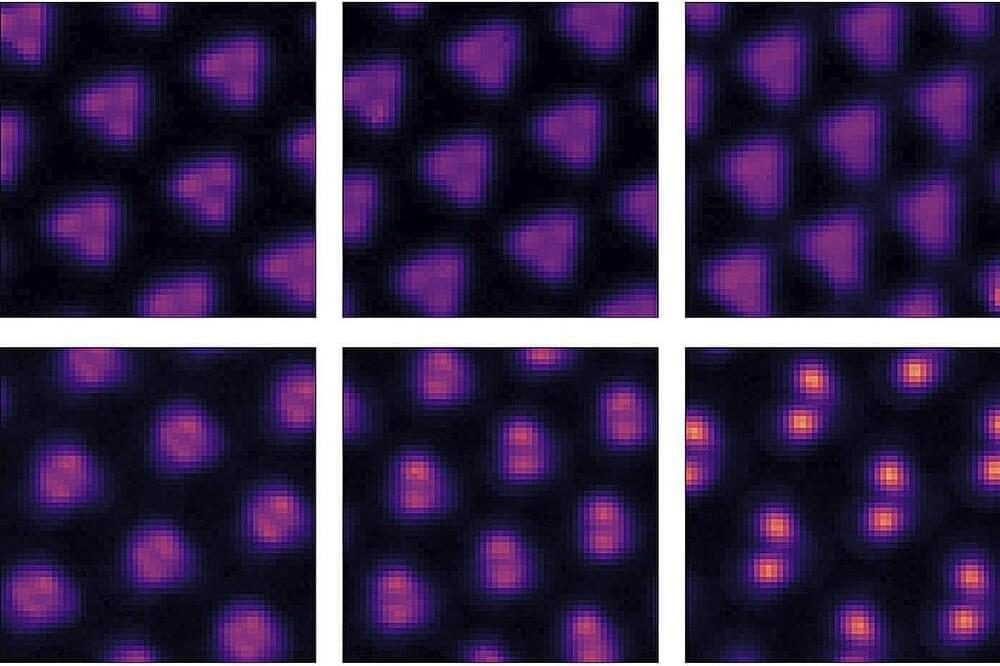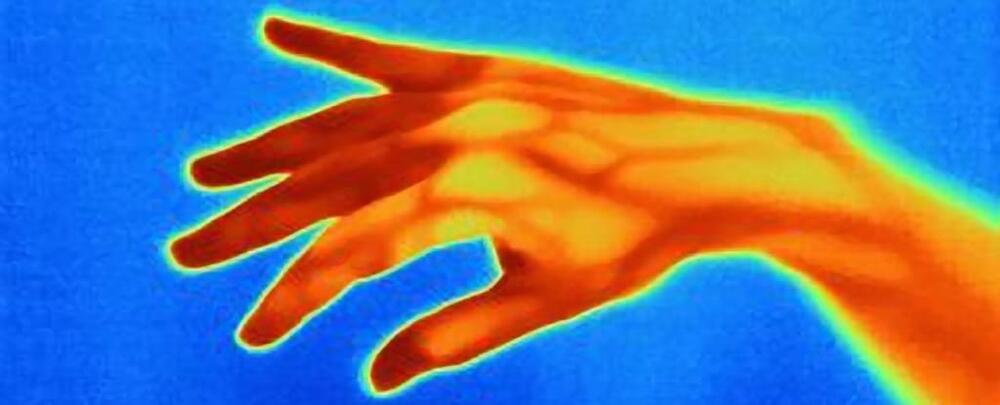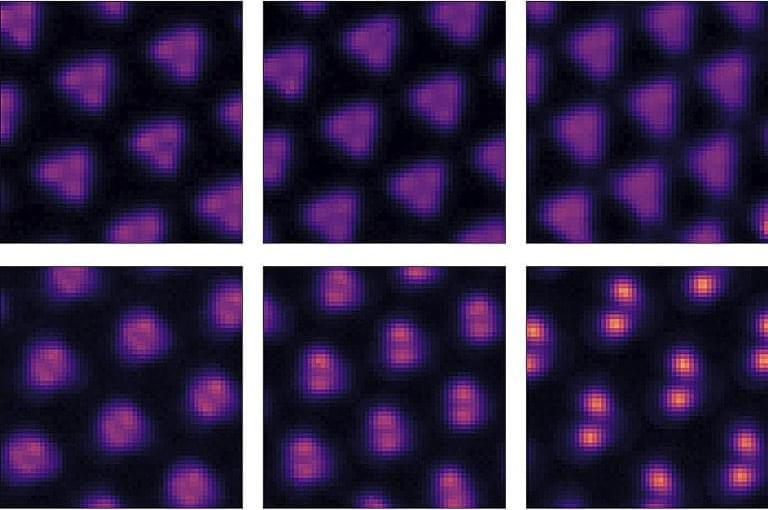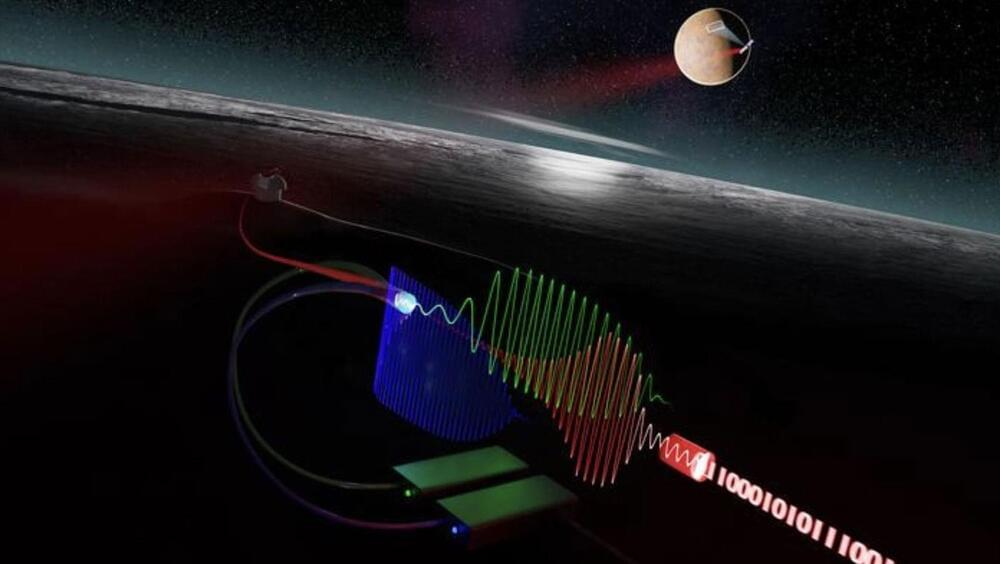Doctors have long known that inflammation plays a significant role in triggering heart attacks and strokes. Now for the first time, an anti-inflammatory drug is on the market to prevent these cardiovascular events.
“It is a game changer,” says Ian Neeland, MD, Director of Cardiovascular Prevention at University Hospitals Harrington Heart & Vascular Institute.
“We’ve known that low-grade, systemic inflammation is a powerful determinant of recurrent cardiovascular events. Colchicine is the first drug we have on the market for inflammation that reduces this risk,” says Dr. Neeland.








